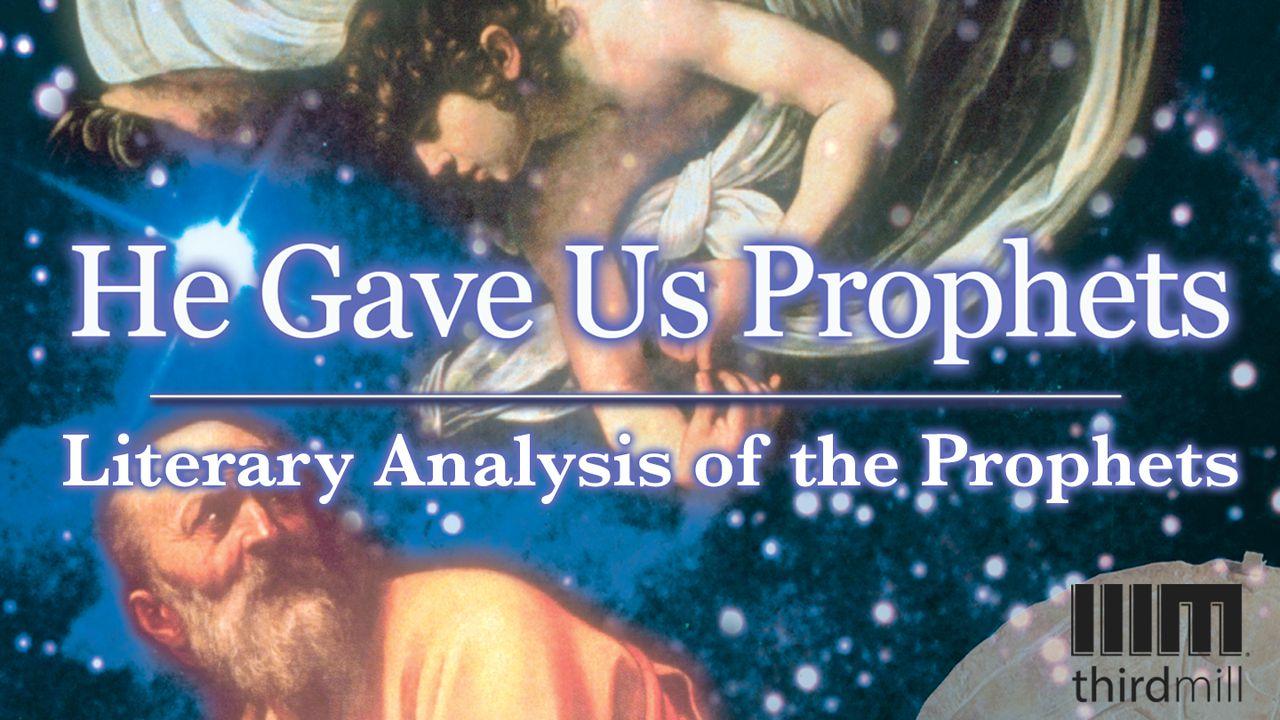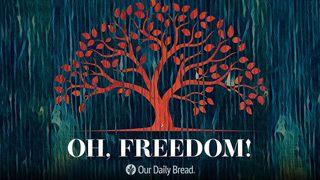Plan info
He Gave Us Prophets: Literary Analysis Of The ProphetsSample

Types of Prophetic Narratives: Amos 7:1-9
Throughout the prophets we find that narratives focus in four basic directions: first, the prophetic call; second, symbolic actions; third, vision reports; and fourth, historical backgrounds.
A prophetic call is a report of the times when God commissioned prophets to speak on His behalf. This kind of record appears in a number of key passages. For example, Isaiah 6 reports God’s call to Isaiah. Jeremiah 1 tells us how God called Jeremiah to represent God’s covenant. And similarly, in Ezekiel 2, we learn that God called Ezekiel to serve Him in a very special way. In each of these passages, we find stories or narratives, and we learn about the prophet’s humility before God and how the prophets were assured that God had authorized their ministries.
Historical narratives in the prophetic books also focus on the symbolic actions of prophets. Many times God called His spokesmen to perform certain actions that took on symbolic value for their ministries. For example, in Jeremiah 13, the prophet was told to go bury his linen belt until it rotted in order to illustrate the corruption of Judah. In chapter 19, Jeremiah was told to buy a clay jar and break it in the presence of the elders as a symbol of what was going to happen to Judah. And in chapter 32, God instructed Jeremiah to buy land and to keep the deed safe as a sign to assure the people of God that one day God would bring His people back to the land.
In addition to records of prophets’ calls and symbolic actions, we run into a third kind of historical narrative in the prophetic books — vision reports. Vision reports are those passages where the prophet describes a visual encounter with God. One very important series of vision reports appears in Amos 7:1-9.
The prophetic books are full of vision reports like these. You will remember the first chapter of Ezekiel where we see the great chariot throne of God. And you will also remember the many visions of Daniel the prophet. The prophetic vision reports let us know the heavenly origins of the prophetic word.
Now in addition to prophetic calls and symbolic actions and vision reports, a number of historical accounts in the prophets simply provide us with historical backgrounds. These kinds of narratives appear scattered here and there throughout the prophets. One very important example of a focus on historical background appears in Isaiah 7–8. These chapters provide the historical context in which the well-known prediction of Isaiah 7:14 appears.
Whenever we read Old Testament prophecy and we come upon a story, we have to ask ourselves these questions: Are we dealing with a call narrative? Are we dealing with a report of a symbolic action? Or are we dealing with a vision report or simply a narrative that gives us historical background to a prophecy? As we ask these kinds of questions, we’ll find ourselves able to understand passages that otherwise remain hidden from us.
Scripture
About this Plan

This reading plan examines three different kinds of literature within Old Testament prophecy: historical narratives, communication with God and communication with people.









